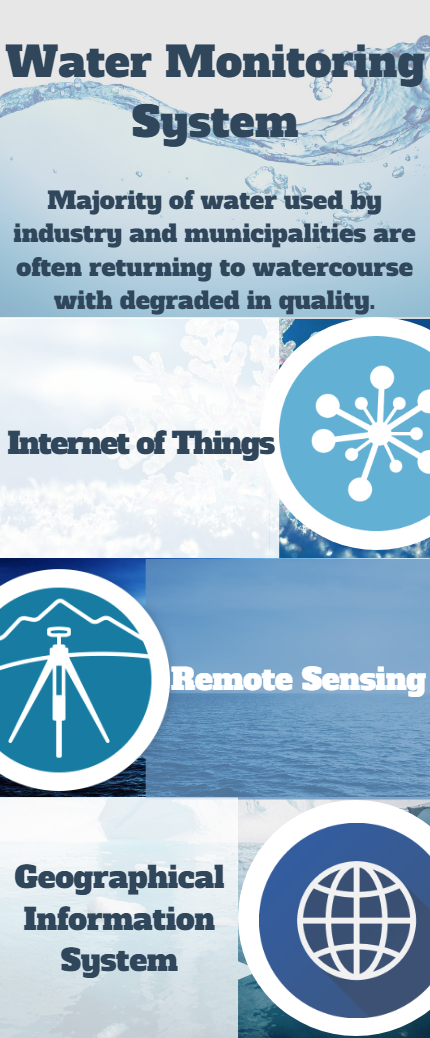Importance of the Water Monitoring System
The sustainability of water is a subject of doubt, worldwide. Water usage is growing faster than it is predicted before. A worldwide water monitoring system needs to be established in order to monitor the water use and to facilitate the natural water cycle. Water quality and its availability have become the prime issue in any part of the world. Majority of water used by industry and municipalities are often returning to watercourse with degraded in quality.
Water monitoring system includes the monitoring in both quality and quantity of surface water, sea water, and underground water too. Measuring the performance and its impact on a complex water-related issue is a very much essential task, which can promote the integration of different frameworks for the overall development of water issue. Water monitoring system provides a regular feedback to ensure the coherence, effectiveness, efficiency against the standard set by national and international players and agencies.
Proper Water monitoring system helps to ensure and determine the gap between the set targets and actual state of art. Which helps the stakeholders to revise or continue their water monitoring system in order to reach the destination. Water monitoring system and its approach differ from country to country. In 2003 UN high-level committee has established a “UN-Water as the inter-agency mechanism for follow-up of the water-related decisions and the goal concerning water”. This has made a common approach for water monitoring system. Now then, water monitoring system help the governmental institution and different stakeholders to set their target. Water monitoring system now has been worldwide tool and thanks to its effectiveness.
Technologies Used in Water Monitoring System
There are 3 technologies that found wide implementation in the water monitoring systems:
♦ Internet Of Things – IoT
♦ Remote Sensing
♦ Geographical Information Systems – GIS
Internet Of Things – IoT
The IoT technologies allow to connect the lysimeter devices or water level sensors with the wireless internet and to transmit the collected data directly to the station, in order to derive real-time report, where the time between data collection and report generation is minimized. This process is called IoT based real-time water quality monitoring. The setup of the wireless connection is a simple process that enables the complete coverage of the sensor network, where a directional link is installed between the main warehouse and the lysimeter plot or water level sensors. The wifi covers all nodes installed. This process is used for wireless data collection and data storage. This process can be done manually, but the result will be generated with the huge delays.
Remote Sensing
Optical and thermal sensors setup on boats, aircraft, and satellites provide both spatial and temporal information needed to monitor changes in water parameters for developing water monitoring practices, in general. This technology is known as Remote sensing Technology and it allows monitoring water movements, quality & quantity and other water parameters from a bigger distance, which gives the result about water situation on a more global level. Recent and planned launches of satellites with improved spectral and spatial resolution sensors should lead to greater use of remote sensing techniques to assess and monitor different water parameters. This technology is also used for data collection and data transmission.
Geographical Information Systems – GIS
On the other hand, the technology that is almost always used and totally independent from the data collection technique is GIS software. This software is used for water data processing and report generation. It is popular because of its rich data visualization techniques installed. We have explained the usage of the GIS software in the water management, which includes the water monitoring system, too.
To find out more details about our GIS software itself, please,click here.


